
German designer Melina Bucher this year released the world’s first entirely vegan and bio-based handbag. We asked her about her collaboration with pioneering biobased materials innovators and what she believes will propel the industry forward.
When Melina Bucher searched for a vegan handbag to buy in 2018, she found few options. So she took matters into her own hands, switching her career in business accounting for a calling that combined her passions for design, animal welfare, and a healthier planet.
After learning how damaging synthetic leather alternatives made from plastics like polyurethane can be for the environment, she scoured the materials-scape for high-performing biobased options that were both vegan and plastic free. The result, six years on, is a 100% biobased, vegan handbag called the Dreamer – a collaboration between Bucher Bags and biobased materials innovators NFW, Ponda, Revoltech, and Ecovative.
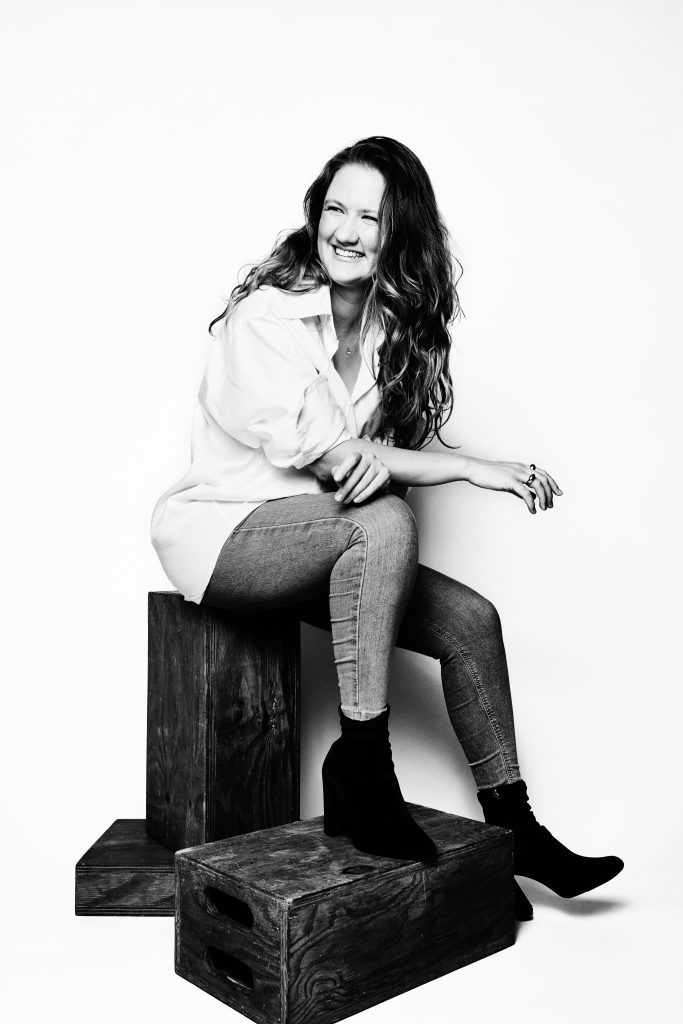
Image: Melina Bucher
When we interviewed her to ask her what she has learned in the process, Bucher shared the following:
“In order to change products on a system level you need to change all the materials in the product, not only the outer material and then glue it together with foams that are plastic-based – that makes no sense,” says Bucher.
There are about 20 different components usually used in a handbag – different reinforcements, glues, edge paints, the list goes on. When the Bucher team began trying to source plastic-free alternatives for all of these components, this was when the real work started.
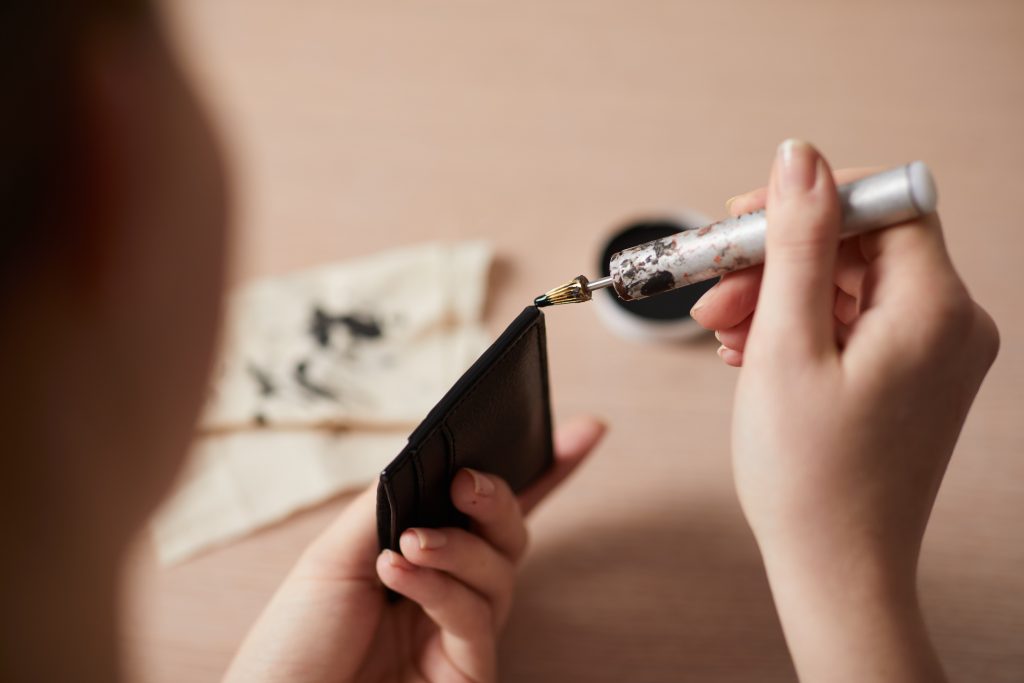 Image: Melina Bucher
Image: Melina Bucher
“With the outer materials, brands can tell better stories, so this is where the investment flows. But for the other components, the incumbent materials are so cheap that it’s really hard to innovate there,” says Bucher.
Once they had found the ideal outer material for the bag – a material made from natural rubber called Mirum – the team spent three years looking for alternatives for all the other components. “We had to keep an open mind and think outside the box,” said Bucher. One example of this involved exploring foam options from the bed mattress industry, where human health is far more important than in bag foam.
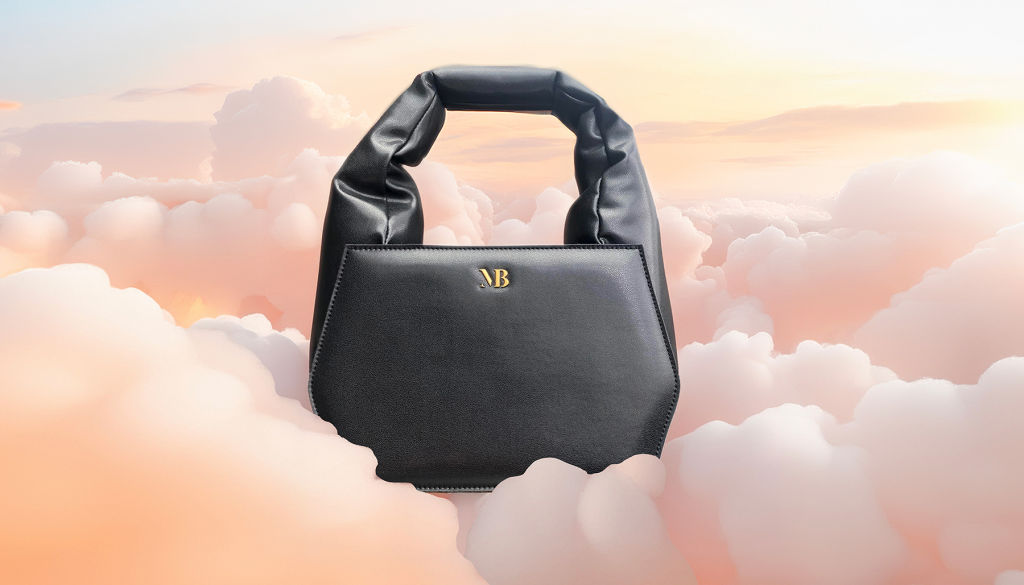 Image: Melina Bucher
Image: Melina Bucher
To ensure they can work at scale, innovators need to develop materials with today’s manufacturing infrastructure in mind.
“Changing manufacturing is really hard for brands,” says Bucher. “Especially in the leather goods space, usually these manufacturers are not in-house. They may be hundreds or thousands of small French or Italian manufacturers – you can’t push them all to buy new machinery, that won’t work.”
Bucher produced one of her first handbags – the Bailey (also made with NFW’s Mirum material) – in a small Spanish village called Ubrique, well-known for its production of luxury leather goods for big-name brands. She and her team learned a lot on this journey about the friction points that can arise between materials innovators, manufacturers and brands. “You design a handbag that you like but then in manufacturing there are a lot of issues with these new materials.”
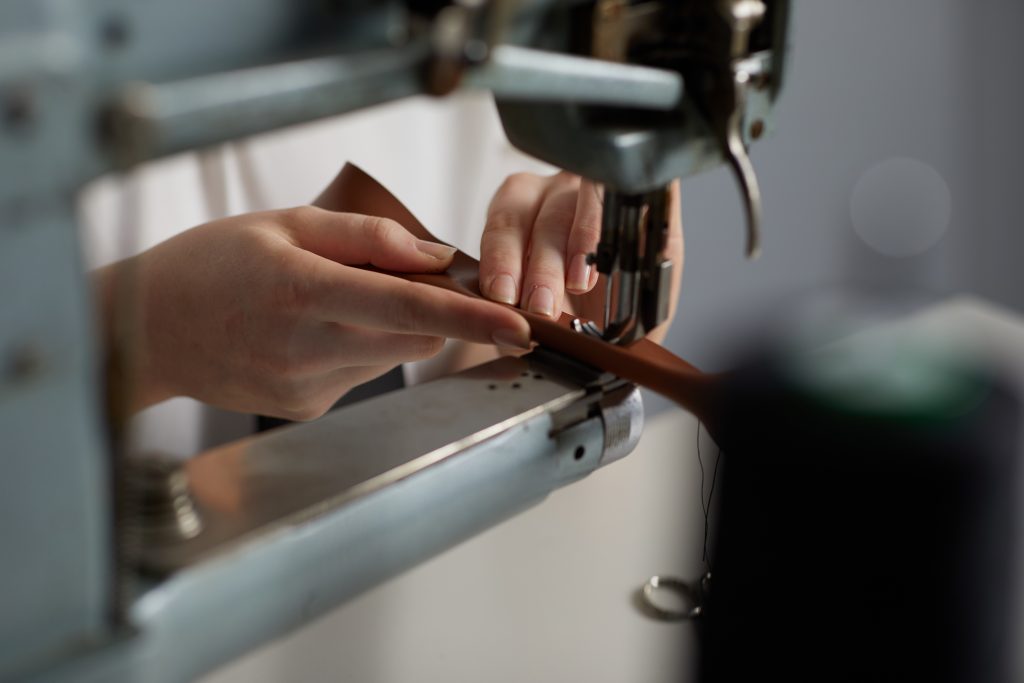 Image: Melina Bucher
Image: Melina Bucher
Bucher also learned that it’s really hard for manufacturers – especially those of leather goods – to work on innovation projects because they earn very little money for manufacturing a prototype. To earn decent money, they need to manufacture 100 or 1000 pieces.
With this in mind, Bucher ultimately decided to invest in her own manufacturing capacity, bringing this competence in-house and giving her team the ability to experiment and learn about the materials thoroughly before putting them into products.
“We look at a material and then design for the material which makes our go-to market far easier,” Bucher says. “But if you dream about selling hundreds of thousands or millions of square meters you have to make them work in today’s manufacturing.”
In Bucher’s experience, a massive obstacle for progress is communication between brands, material developers, and product manufacturers:
“Innovators don’t really understand what manufacturers need because you have a brand in between that is often not sharing the info between the manufacturer and the innovator,” she says.
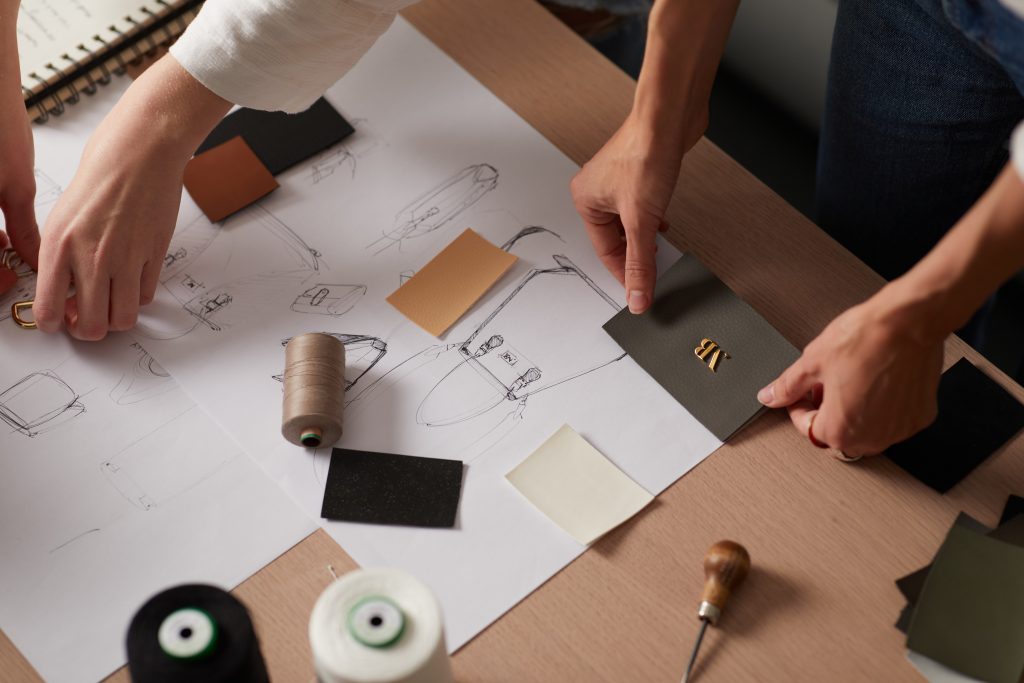 Image: Melina Bucher
Image: Melina Bucher
Bucher’s team quickly learned that, although not always common practice, sharing information about the design and manufacturing process with the chemists developing the material was critical. In their experience, innovators often send new materials to brands and receive little or no feedback at all.
“They don’t get any insights into what’s really happening. And sometimes the brands don’t even fully understand because they just send the material to their manufacturers and if it ‘doesn’t behave like leather’ for example, it’s no good. And that’s the end of the story. But that’s not how innovation works, you know.”
“We’re excited about more materials that have their own story, rather than just being an ‘alternative’” says Bucher. She explains that in previous years most biobased materials innovators focused on getting as close as possible to standard or synthetic leathers as those traditionally sell the most meters and attract the greatest investment.
“But I think now the focus has shifted a little bit – also for brands – to focus more on telling new stories, and showing materials that don’t really look like the incumbent material.”
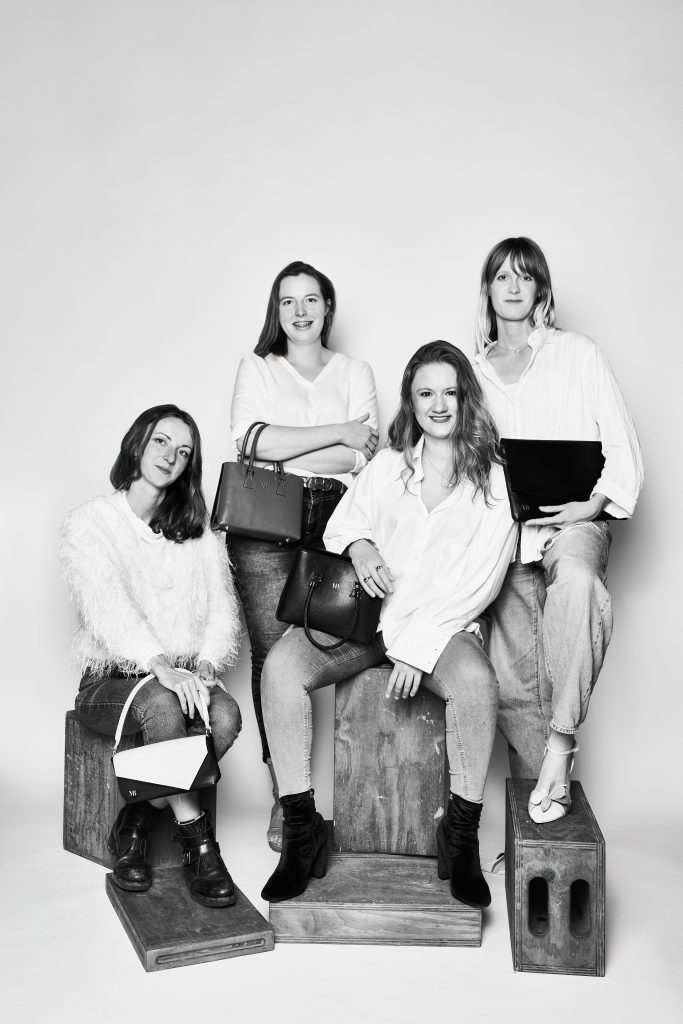 Image: Melina Bucher
Image: Melina Bucher
Bucher sees more and more brands (and consumers) searching for materials and designs that embrace a link to the natural world and an element of uniqueness and imperfection:
“All these grown materials – for example with bacteria and nanocellulose, where you see the growth structures – show a connection back to nature, and show a love for materials that are maybe not perfect in all corners […] Making these imperfections show in the designs is something I am really excited about. And something we should show consumers more.”
Bucher is also encouraged by growing honesty and transparency across the industry. “We had a few years where some of the innovators got a lot of funding […] there was a lot of press exposure, and they really struggled to live up to the headlines.” This also led to mismatched expectations from brands and somewhat of an industry backlash.
“But now communication is getting more settled and much more transparent… People are more honest about what the materials can do, and then brands are not so frustrated if it doesn’t work out. This is making things easier – setting expectations right.”
“In my perspective, right now we don’t really have that much demand from the consumer. They are interested in sustainability but fashion is still a product that’s bought because people want something they feel good in, that looks good on them, that has the perfect cut.”
In Bucher’s experience, veganism and sustainability won’t work as a primary selling point: “… a dress, a handbag needs not only to be sustainable, but also be functional, it has to have a fun colour, fun design, and sustainability is just the cherry on top.”
And the same goes for performance. New materials innovators are under immense pressure to nail performance requirements in the lab, and they sometimes forget about the emotional factors.
“That first-hand feel of the material in your hand…” says Bucher. “Maybe it performs well but it feels very plasticky or it feels very cold, and not like something you want to grab in your hand. There is a huge emotional factor when you think about fashion. The first thing consumers do is touch it, and if it doesn’t feel nice, they don’t buy it. So it’s a huge part of the game that’s really underestimated.”
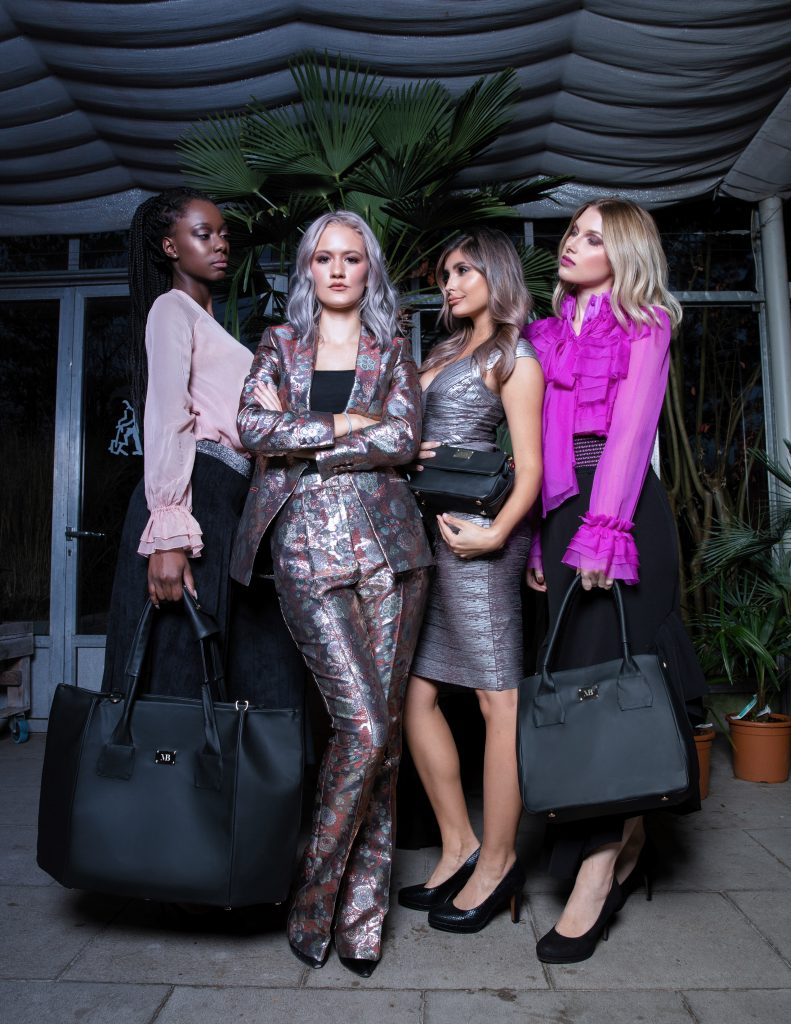 Image: Melina Bucher
Image: Melina Bucher